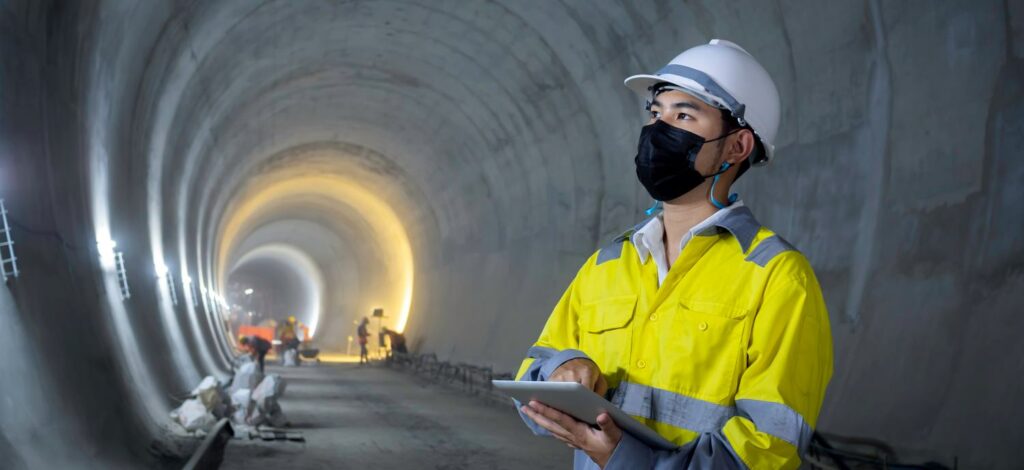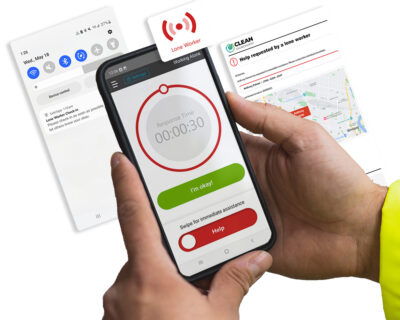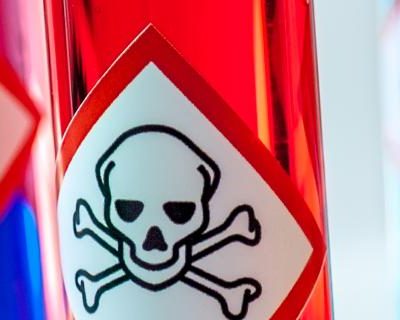
Incident Response Plans: What You Need to Know
It never hurts to hope for the best and prepare for the worse, regardless of the circumstances, this is why so many companies develop incident response plans. They are pivotal in hazard prevention. Incident response plans don’t only enhance safety; but they can provide additional trend data and awareness if properly documented. Many are using this data to predict or even stop incidents from occurring.
But what exactly has to be covered when laying out a detailed incident response plan? The strategy should be broad enough to address a range of factors, yet detailed enough to address your unique needs.
There are some key areas to address, but every incident response plan should be flexible. So, with that in mind, consider our next steps as guidelines rather than rules. After all, we all know our own companies best.
Explore this Article:
- Document All Incidents
- Developing an Incident Response Plan Kit
- Decide Emergency Roles of Key Personnel and Develop Severity Protocols
- Communication Plan
- When Should We Change Our Incident Response Plan?
1) Document All Incidents
First and foremost, EHS professionals suggest everyone adopts a reliable method of documenting close calls or incidents.
Incidents can warn of hazardous equipment or procedures. So an incident response plan that provides incident response data is ideal. Not to mention, the more readily available the data is, the more likely the incident response plan will help prevent future injuries or incidents. That’s why the first step to an incidence response plan is to record close calls or even slight mishaps. All this data will paint trend data for later observation.
When a company grows over 50 employees, or the incident reports are piling up, it may be time to look at incident management software to help store and organize all your incidents. Software can also export trends and telling graphs. There’s a reason every Fortune 500 company is using software for organization. Its the best way to get the data you need in a legible manner.

2) Developing an Incident Response Plan Kit
Depending on the needs of the company, the precise contents of this kit may vary, however the following are some things to take into account:
- a full roster of all employees with their contact details, along with anyone else in the building
- a list of individuals to contact
- a list of everyone with the necessary expertise or credentials (such as CPR or other medical training, experience as a firefighter, etc.)
- an evacuation plan map with directions
- an evacuation meeting location
- first-aid equipment
Experts also suggest keeping the kits simple to avoid confusing anyone in stressful situations. You may need different kits for specific incidents.
For instance, we could still consider a close call an incident but it only warrants documentation. So this procedure could be as simple as assigning an employee digital forms they need to fill out. In this example, a first aid kit is not required.
So when developing your kit try to imagine incidents you may run into along with the likelihood of the event happening.
3) Decide Emergency Roles of Key Personnel and Severity Protocols
There are several tasks you must complete while responding to an incident (depending on the severity of the incident). So electing key members to carry out these responsibilities is crucial for a quick response.
These people should know exactly what to do in the event of an incident or emergency and should be able to carry out all their duties with no hesitation or check ins. Autonomy is key in these situations, so try to eliminate as many surprises as possible.
Severity protocols are your next step. You need to decide what to do during an incident, injury, or emergency. OSHA considers all these incidents, but they each require a unique response. Competent team members should document incidents, while qualified specialists should ideally handle injuries and emergencies within your organization.
So, when creating an Incident Response Plan, you need to decide who will do what depending on the severity of the incident. To start, you need to define:
- what is an incident?
- what is an accident?
- what is an emergency?
Generally, an incident can be defined as a close call or any problem within a workplace. Whereas an accident could be a situation where someone is injured. And an emergency is an event where multiple people could—or have—been injured. However, the term incident is often used as a blanket term. If you’d like to know more about what OSHA considers an incident or accident, try our recent article on the topic.
4) Communication Plan
Knowing who to contact and when to call them is crucial to a successful incident response. Obviously, most people would call the fire department before they called management, but it’s good to let them know that is what is what’s expected. Some employees may panic in this situation and you should have clear steps discussed with your selected incident respondents in order to mitigate confusion.

5) When Should We Change Our Incident Response Plan?
Having a regular update schedule for your incident response plan is one thing; actually carrying it out is quite another. However, it’s crucial to not only document times when you’ll revise your plans, but carry out those goals. After all, phone numbers, people, and protocols change, so you need to constantly change your plan.
Develop the times and ways to update your plan. This can prevent stale lists and outdated procedures. This involves choosing who (or which) should be in charge of the work and how frequently it should be completed. The task might be completed on a regular basis or anytime corporate changes have an impact on how well the response plan works. The most important thing is that there are people and times set aside for alterations. This will help keep your incident response time flexible and scalable for the future.






























